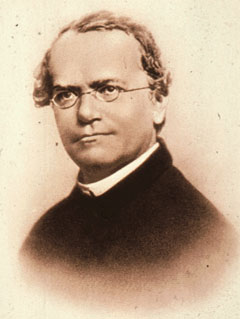


Welcome to AISZ's 8th Grade Science Blog. Here you will find information about what we are learning in class at the moment and other random thoughts we have. Enjoy our posts and feel free to leave us a comment or two.






Example of a Karyotype Profile
 On Friday's class we went to the computer lab and did the activity that we chose not to do. We did the Dragon Genetics. That can be found here. The assignment we did on Friday was a website in which we chose the correct traits for a dragon given the alleles of the parents. After we did this we were free to do whichever topic we wanted from the we
On Friday's class we went to the computer lab and did the activity that we chose not to do. We did the Dragon Genetics. That can be found here. The assignment we did on Friday was a website in which we chose the correct traits for a dragon given the alleles of the parents. After we did this we were free to do whichever topic we wanted from the we
1.
In chimpanzees, straight fingers are dominant to bent fingers. Complete a Punnett square to show the genotypes and phenotypes expected for the following cross: heterozygous straight x homozygous bent (F – dominant; f - recessive)F f
F FF Ff
f Ff ff
Genotypes: FF, Ff, ff Phenotypes: Straight Fingers, Straight Fingers, Bent Fingers
Percentages: Straight Fingers(75 %), Bent Fingers (25%). Ratio: 3:1
For homework we received another set of problems which cannot be found on moodle. A very helpful video can be found right here! In order to grade me you can look at the grading rubric right here. If you want to look at previous things we did, it is all on MOODLE.
The next scribe isssssss................ REZA!